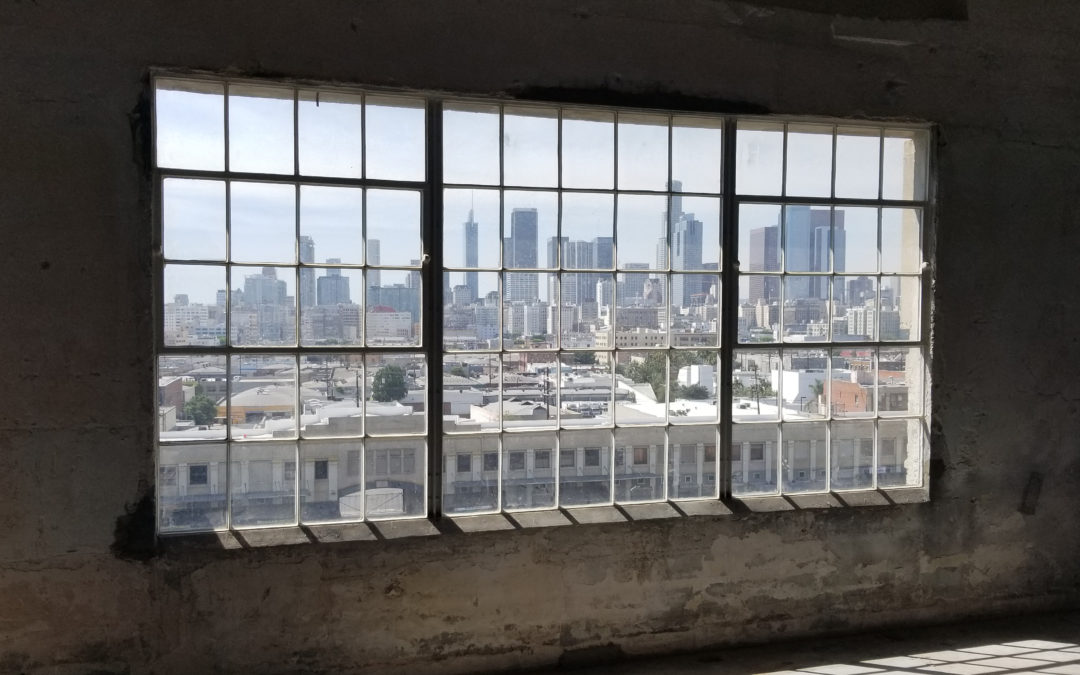Are you a member of Abundant Housing LA yet? Join our mailing list for housing- and affordability-related news and weekly action alerts that help increase the diversity of housing choices available to Angelenos.
Welcome to the latest installment of Abundant Housing LA’s Development Update!
This is where we dig into public City of Los Angeles data every 3 months to figure out what’s really going on in our housing market. How much housing are we permitting and building? How many of our new homes are single-family, large apartment/condo buildings, or “missing middle” housing? And how are we doing on Mayor Garcetti’s goal of building 100,000 new homes in 8 years? Where is the market headed?
In these updates we look at building permits (link above), which are an indicator of imminent construction activity, as well recent openings as measured by Certificates of Occupancy. You can read about our methodology for analyzing the data at the bottom of the post.*
Building Permits
For this post we’re looking at numbers through June 30th, 2018, the latest full quarter for which data is available. First up is a snapshot of overall permitting activity:

Here are the numbers behind the chart:

Next we break down the units per building, looking specifically at what share of total permits are for projects with at least 50 units:

Last for the building permit data, we look at how we’re progressing toward the Mayor’s goal of 100,000 new homes by 2021. Note that the goal’s start date is July 1, 2013, and the end date is June 30, 2021.

Certificates of Occupancy
Building permit data is extremely useful, but it doesn’t exactly correspond to what Abundant Housing really wants: homes for people to live in. For that we need to look at Certificates of Occupancy (CoO), which track actual building openings.
First a disclaimer though: The City controls whether it grants building permits, and how difficult or easy it is to receive those permits, but they don’t actually build the housing. CoO’s are what the developer needs when they finish the building so that tenants can move in, so it’s a measure of what’s actually opening to new residents. And since it takes a few years to construct a building, we’d expect to see a lag of 2-3 years between Building Permit and Certificate of Occupancy for the same project.
We raise these points because we want to make it clear that having fewer CoOs than building permits (which is what we see below) is not a failure on the part of the City. It’s what we’d expect when development activity has been growing, and it’s mostly out of the City’s hands whether building permits lead to real, on-the-ground construction. They almost always do, of course, but it’s not a guarantee.
With that said, here’s the data:

Within this time frame 2015 had the most building permits, so we should expect to see many of those units coming online in 2017 and 2018. That didn’t materialize in 2017, but it looks like things may be picking up in 2018.
Next is the data underlying the above chart:

And last, we’ve repurposed our “progress” chart for Certificates of Occupancy rather than building permits:

As always, we invite members and readers to share their own insights about what they read from the data. Let us know in the comments, and join us on Facebook and our mailing list to keep the conversation—and our advocacy—going strong.
*Methodology note: We are now excluding any building additions or alterations that add less than 5 units, which is a way for us to avoid counting permits that may not actually be adding new units. We also don’t count condo conversion permits, but do count adaptive reuse projects that add 5 units or more. Previous years’ numbers have been updated based on this new methodology so the data is comparable across time.
This change resulted in about 150 fewer single family homes in our calculations in previous years, and approximately 1,000 fewer single family homes in 2017. The jump in 2017 appears to be a result of recent changes to state and City law that permit the construction and conversion of accessory dwelling units. Since most of these ADUs appear to be legalizations of existing structures, we believe it’s fairer to not count these as “new” housing even though it’s great to see these homes being inspected and coming out of the informal housing market.




